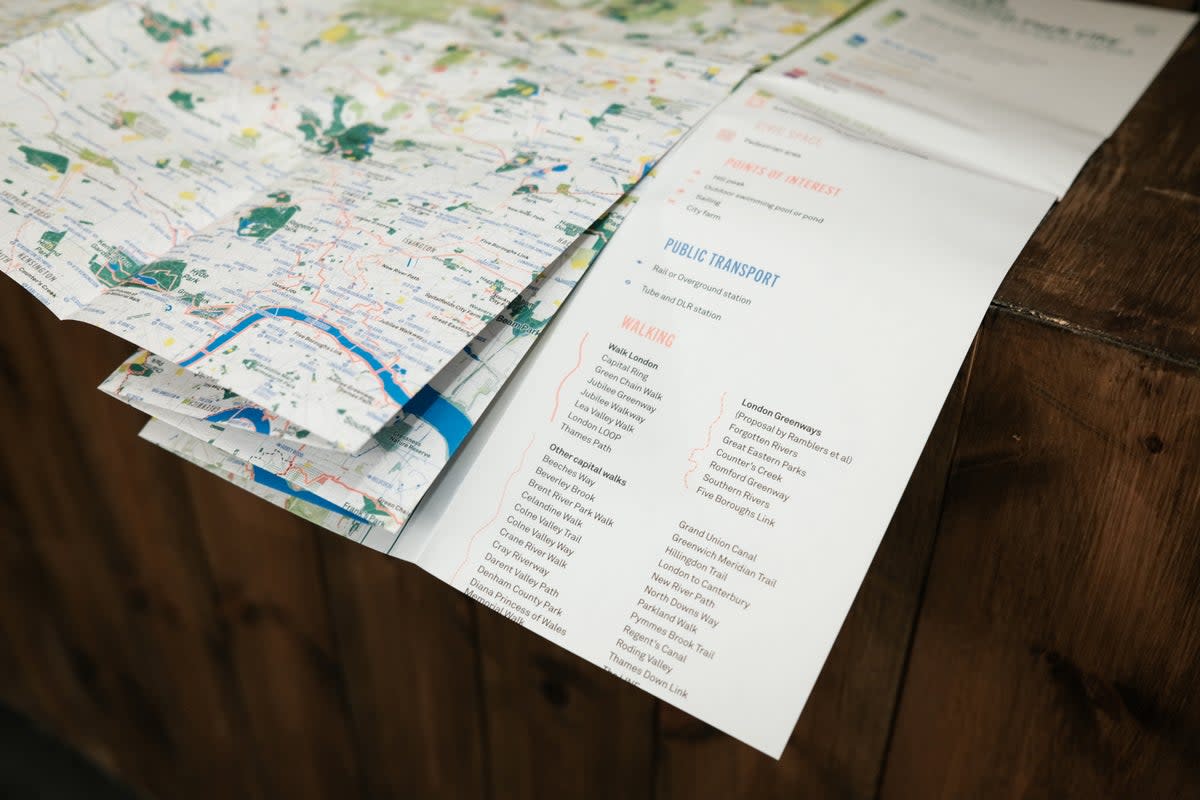Worth a leaf through: five gardening books and maps to inspire your 2023 plans

As winter beckons, gardens take a rest and so can we. There is no better time to sit back with a book and reflect on the summer that was and the spring that will be.
Whilst the world seems an uncertain place, there is both hope and peace to be found in plants and gardens.
Here’s a pick of five books and guides that every gardener – that’s aspiring, experienced, and everything in between – should be adding to their Christmas list this year.
The Grove: A Nature Odyssey in 19 ½ Front Gardens
By Ben Dark (Mitchell Beazley, £16.99)

A book to make even a quick trip to the corner shop endlessly fascinating.
Dark has been dubbed the millennial Monty Don for this beautifully written study of the oft-overlooked nature on our doorsteps. Each tree or flower growing on one south London street tells a story and Dark teases the drama, humour and history from even the most commonplace buddleja, box and tulip.
The Grove will make you find joy in even the scruffiest front garden.
Plant Names Simplified, Their Pronunciation, Derivation and Meaning (3rd Edition)
By Adrian Stockdale (5M Books, £14.99)

No gardener should be without this total classic.
First published in 1931, the little black book of the gardening world contains thousands of scientific plant names, with assistance on how to pronounce them.
Even more useful are the descriptions that explain the meaning and history behind some of the plant names we know so well.
Yes, it’s nerd central but it’s also a foundational text for anyone who is slowly advancing their gardening knowledge. The latest edition updates the book, adding many new plant names and meanings.
London National Park City map
(Urban Good, £9.99)

The first major re-release since it was originally published in 2017 has refreshed this fantastic map showing all of London’s more than 3,000 parks, woodlands, playing fields, nature reserves, city farms, rivers and canals.
It also maps walkways such as the Capital Ring and even indicates outdoor swimming spots – the only thing it doesn’t have is buildings.
A fantastic resource to have on your bookshelf and when you are out and about.
50 Ways to Start a Garden: Ideas and Advice for Growing Indoors and Out
By Simon Akeroyd (RHS, £16.99)

So you know you want to start gardening, but have no idea where to begin? Take the winter to plan and work out what is possible with 50 Ways to Start a Garden, where author Simon Akeroyd gives step-by-step guidance on everything from creating a cactus collection to growing fruit in hanging baskets.
The book turns what is often a daunting task into bite-size steps that can often be achieved in an afternoon.
Gardening in a Changing World: Plants, People and the Climate Crisis
By Darryl Moore (Pimpernel Press Ltd, £20)

London journalist and award-winning gardener and landscape designer Darryl Moore explores how our humble gardens could be key to saving us all from the climate crisis.
He turns our enjoyment of plants on its head, showing how their vital importance to the future of the planet is even more beautiful than their aesthetic appeal.
The book also draws on recent scientific research to offer guidance into changing our gardening habits and rethinking the design and use of our outside spaces for sustainable, future-proof gardens.

 Yahoo News
Yahoo News 
